|
As most of you will know, my Instagram account got hacked a couple of weeks ago. I felt gutted when it happened! And even more so after it became apparent that Instagram does not have a help desk with nice and knowledgeable people who will do their utmost best to help you sort the mess. Instagram help pages are scant (even more scant in a non-English language!). None of the suggestions listed there to recover a hacked account worked for me. The hack was so thorough, that I never received the recovery emails you are supposed to get. I even asked my provider to check if there had been unlawful access to my email accounts. Fortunately, that was not the case! I badgered Instagram (and Facebook, they are one and the same thing!) with emails, snail mail letters and built-in help forms. Nothing helped! For the most part, I am still waiting for a reply. As my Instagram account is linked to my Facebook business page, I in effect, have two hacked Social Media channels. And I can't severe this tie either as I have no access to my Instagram account from where one has to do this. To prevent the hacker acting out through either channel and so harming my business, I reported the hack to the police. That was a fun experience: picture police officer in rural Bavaria making a protocol of my hack...
It became clear to me that, if I wanted to keep using Social Media, I would have to delete my Facebook business page and start again. Building up a new Instagram account and a new Facebook business page would have cost me a lot of time. Besides, which guarantee would I have that those new account wouldn't get hacked too? None! I decided to sit back and mull it over for a while. In the meantime, I would look at other means of promoting my embroidery business. Since I already sent out a weekly newsletter to alert my readers to a new blog post, why not beef that up a bit? And then I started to note that not being on Social Media was actually a relief. Don't get me wrong, I really loved seeing what everybody was doing! However, seeing it all, comment here and there and posting my own messages took a large chuck out of each day. Think two hours or more... And with hindsight, it stressed me more than I really knew. You see, racking your brains once a week about writing an interesting blog post is quite doable. Racking your brains several times a day to make sure you show your best and sunniest side on your Social Media channels is tiring! As soon as I stopped, I felt my creative juices flow again. Paradoxically, not being visually bombarded all the time, relaxed my own creativeness and all sorts of new ideas started to bubble to the surface again. Great! All the above, together with the whole unsavoury business of using especially Facebook to undermine our democracy, cemented my resolve: delete most of the Social Media accounts I manage. At present, I am Facebook-free, Instagram-free and LinkedIn-free. Don't get me wrong: I am not against Social Media. But I am against the very large companies behind them. They love the data you and I create, but they don't care when something goes wrong. So, my website, my blog, my newsletter and my studio are the places where I love to interact with you. You probably see less of me, which means you have more time to create. If you want that is :).
27 Comments
As I told you in my last blog post, I rendezvoused with the medieval vestments at St. Paul im Lavanttal (Austria) last week. And what a delight it was! The weather was quite hot and thus perhaps not ideal for visiting a museum. This meant that I had the pieces to myself and could take as many pictures as I liked :). I had also brought a tiny bit of replica-stitching to compare with the original; more on that further down. Let me introduce you to the older chasuble housed at St. Paul Abbey. This chasuble dates to the reign of abbot Bertholdus who died in AD 1141. The piece is thus more than 875 years old!!! It never ceases to amaze me how well these vestments are preserved considering their age and the fragile materials they are made of. The chasuble displays scenes from the bible: seven from the New Testament and 16 from the Old Testament. These scenes are not just 'pretty' or an incidental record of certain biblical stories. Instead, the scenes from the Old testament have a theological relationship with those from the New Testament. For instance, the Annunciation is paired with the foretelling of the births of Samson and Izsak. Each of these scenes fits into a square. The scenes from the Old Testament have some writing in them as well. Perhaps while they were and are generally lesser known and/or harder to identify. Further towards the hem, 20 saints are displayed. These saints had a special relationship with the original Abbey of St. Blaise. Along the hem, 36 small roundels display, amongst others, the edifices of the twelve Apostles, St. Paul, prophets, evangelists and the founder of the Abbey: Holy Roman Emperor Otto I (AD 912-973). The priest wearing the chasuble was literally a walking theological learning aid :). And not for the 'common folk' as they would not generally attend mass in the Abbey church. Instead, the chasuble would remind the monks themselves of Christian theology and the lives of the saints. To separate each square, there are smaller squares with mostly geometrical patterns (there are birds and floral patterns displayed in the squares on the 'cross-roads'). And there are a lot of them! I have half-heartedly started to catalogue them and have already counted more than 25 different geometrical patterns. And it is one of these patterns that I started to replicate. At first I thought that the stitch used was closed herringbone. This is however not the case. A row of closed herringbone stitches produces two parallel lines of stitches on the back: back-stitch on the one and split stitch on the other. It was long hold that this was the stitch used on the chasuble. However, when I stitched my copy, I ended up with small gaps where two rows 'bud'. Upon checking the literature again, I saw that during the restauration of the piece it was found that the stitch used is in fact long-armed cross-stitch with a small compensating stitch at the start (diagram). I decided to stitch the same pattern again using DeVere 60-fold loose-twist silk on Zweigart Newcastle 40ct natural linen. And presto! No more gaps and the pattern became nice and square (it really is! pardon my photography). It is still at 41,5 mm a bit bigger than the original. This means that the linen background fabric used was finer than 40ct (!) and the silk too. What I further learned from my wee bit of replica-ing, is that the end-result becomes quite stiff. The bulk of the silk thread is on the front and adds quite a bit of weight to the finished piece.
In the future, I would like to try my hand at one of the non-geometrical scenes. After all, copying a geometrical pattern with what is in essence a geometrical stitch, is not a problem. However, I am in awe at the craftsmanship needed to execute curves and natural forms using rows of long-armed cross-stitch! To me, that makes stitching a scene from the Bayeux Tapestry (c. AD 1070) like a walk in the park :). Last year I made a trip to the Benedictine abbey of St. Paul im Lavanttal, Austria. The abbey houses two important medieval vestments. The friendly monk on duty was happy for me to take pictures without flash. Unfortunately, upon returning home, the first 30 or so pictures were lost during the transfer from my camera to my computer. Luckily, I am going to visit these beauties again in the next couple of days! And, as only the first pictures were lost, I can introduce you to the younger of the two pieces: a beautiful cope from the 13th century. Although these pieces are now housed in an abbey in Austria, they were originally made for the Benedictine abbey of St. Blaise in the Black Forest (Germany). During the dissolution of the monasteries in Bavaria in 1806, the abbot moved his convent and the treasure to St. Paul im Lavanttal and thus preserved them. Amongst the treasure were three medieval vestments: a cope from the 12th century (now in St. Paul), a cope from the 13th century (also in St. Paul) and a chasuble from the 13th century (now in the Österreichische Museum für angewandte Kunst in Vienna). The cope from the 13th century is stitched with silks and gold threads. The main stitches used on the cope are long-armed cross-stitch and brick stitch for the silk and couching for the gold threads. However, details are also worked in other surface stitches like chain stitch and split stitch. The silk used for the brick stitch is untwisted, but looks softly twisted and thicker for the long-armed cross-stitch. Originally, no linen background fabric showed; the whole cope was covered in stitches! During conservation, it became clear that the cope had been sown together from loom-width strips of linen before the stitching commenced. Depicted on the cope are the hagiographies (legends of the saints) of St. Blaise on the one side and St. Vincent of Saragossa on the other. Both saints were the patron saints of the abbey church. Scenes of the hagiographies are depicted as medallions as would have been the norm for stained glass windows in the 13th century. Each scene is accompanied by a few words to aid identification. There are two possibilities regarding the maker of this excellent piece of medieval embroidery in the 13th century. It is quite possible that the cope was stitched by the monks of the abbey of St. Blaise. But it is equally possible that this cope was stitched at a professional workshop. Either way, it is highly likely that the person who made this was a man rather than a woman. A fact I love to "share" with male visitors to the Pilatushaus who exclaim that my stitching is a "mere female past-time they are thus not interested in" :). Who provided the capital needed to produce these 'top-end' liturgical vestments? The St. Blaise abbey belonged to a reform movement in the Benedictine tradition. A movement highly endorsed by the nobility. Not only were many of the monks of noble birth, but noble families would endow the abbey with cash, lands, rights and works of art. These vestments were far costlier than the golden monstrance on the altar. Not only were the materials needed to stitch one quite costly, the countless man hours invested made the end-result VERY expensive. Another 'fun fact' for my visitors at the Pilatushaus who exclaim that the price tag on St. Laurence means the piece is unaffordable. I pleasantly inform them that in the Middle Ages they, as the commoners they are, would not have come this close to such a work of art :). Oh, you should see their faces! Truly priceless :). If you are ever in the area, do visit St. Paul! They have many embroidered liturgical vestments on display. Everything is quite well lit so that intricate details are visible. Essays on the art historical background of the pieces and the conservation of two of the three pieces can be found in: Braunsteiner, M. & H. Kaindl (1998): Historische Textilien aus dem Sakralbereich (=Schriften zur Kunst- und Kulturgeschichte des Benediktinerstiftes Admont, Band VII), ISBN 3-901810-02-1.
For my upcoming teaching trip to China, I was asked to demonstrate several European embroidery techniques. Finding the techniques was not a problem, after all we have a rather rich embroidery tradition. But what to do with the stitched samples? And how to manage pace in a medium-sized diverse group of students? I came up with the idea of making a band sampler or a 'pronkrol' (pronken = to show off) as they are called in Dutch. This is a type of band sampler which became popular in the late 19th and early 20th century and was worked at private boarding schools for girls. As French was the preferred language of the well-to-do, these band samplers are often called 'Souvenir de ma Jeunesse'. What will my students learn? They will start with making a pomegranate with a few key embroidery stitches used in Jacobean crewel embroidery. Then they will explore Schwalm embroidery. This is a drawn-thread whitework technique from the Hessian region of Germany. Students will fill a classic tulip design with tulip patterns. Next up is a monogram using the fine whitework technique from Appenzell in Switzerland. And last but not least, they will learn couching, padding and cutwork to produce a goldwork leaf. Each technique will be separated by a small linen band sporting the name of the technique in cross stitch. After all, the humble cross stitch plays a very significant role in European embroidery. Both past and present. And these bands are great for students to work on on their own when I am not immediately available to solve a problem. The finished pronkrol will serve the same purpose as the antique ones did: show off a student's work. In the old days, the pronkrol would also inform the prospective mother-in-law about the housewife qualities of the bride-to-be... This is what the finished pronkrol will look like: I am very much looking forward to this great adventure. Not only will I be passing on time-honoured knowledge to new students, but I will also have the opportunity to learn from the Chinese about their magnificent embroidery culture!
|
Want to keep up with my embroidery adventures? Sign up for my weekly Newsletter to get notified of new blogs, courses and workshops!
Liked my blog? Please consider making a donation or becoming a Patron so that I can keep up the good work and my blog ad-free!
Categories
All
Archives
July 2024
|
Contact: info(at)jessicagrimm.com
Copyright Dr Jessica M. Grimm - Mandlweg 3, 82488 Ettal, Deutschland - +49(0)8822 2782219 (Monday, Tuesday, Friday & Saturday 9.00-17.00 CET)
Impressum - Legal Notice - Datenschutzerklärung - Privacy Policy - Webshop ABG - Widerrufsrecht - Disclaimer
Copyright Dr Jessica M. Grimm - Mandlweg 3, 82488 Ettal, Deutschland - +49(0)8822 2782219 (Monday, Tuesday, Friday & Saturday 9.00-17.00 CET)
Impressum - Legal Notice - Datenschutzerklärung - Privacy Policy - Webshop ABG - Widerrufsrecht - Disclaimer

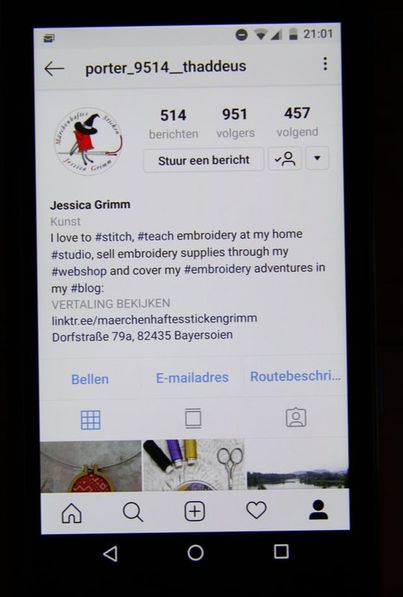
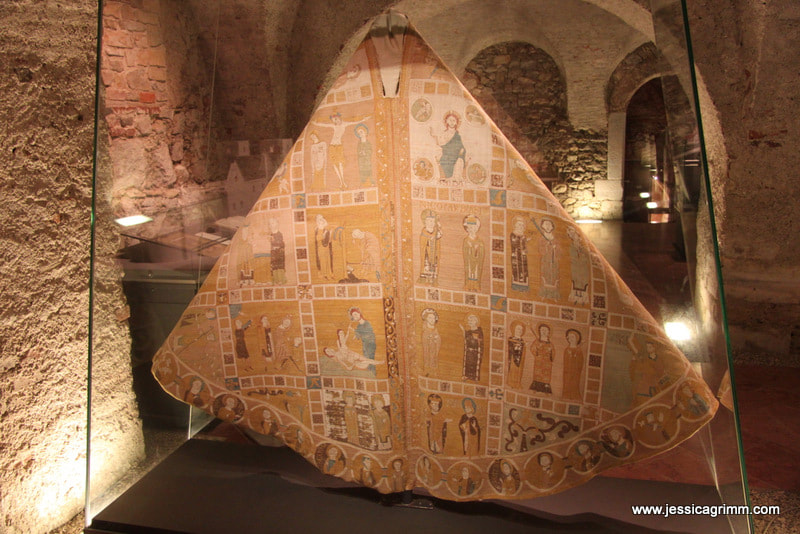
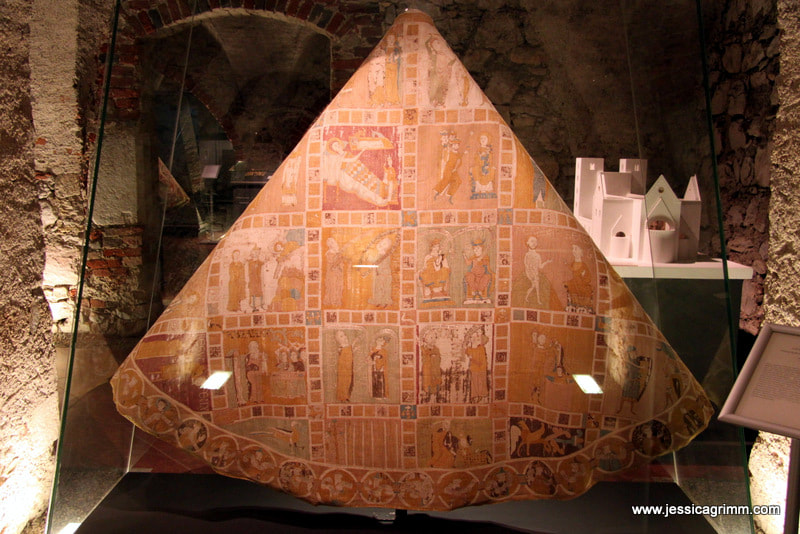


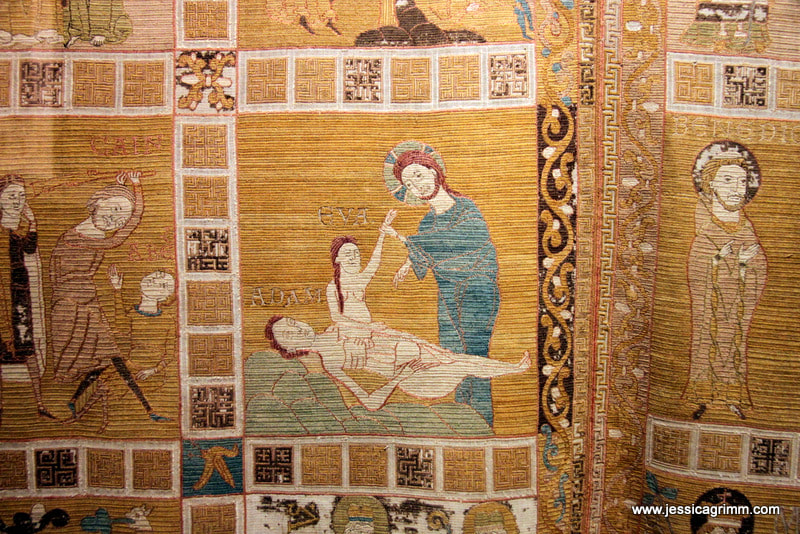
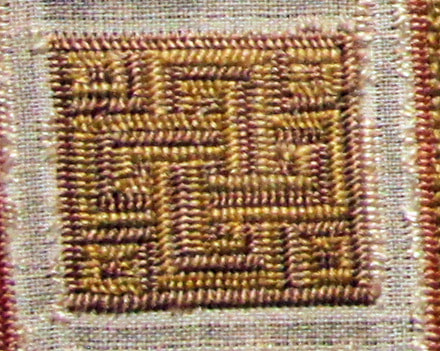
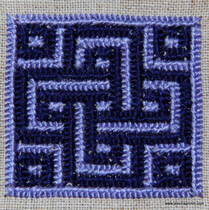
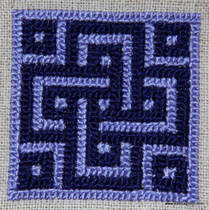
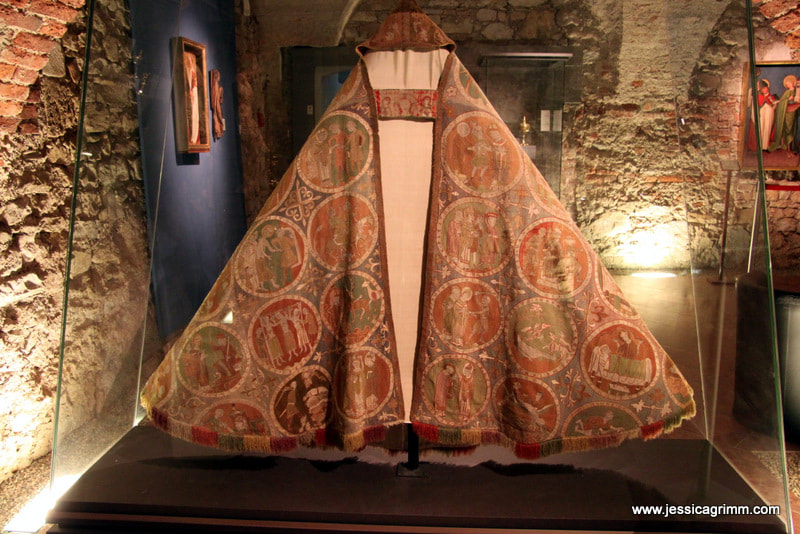
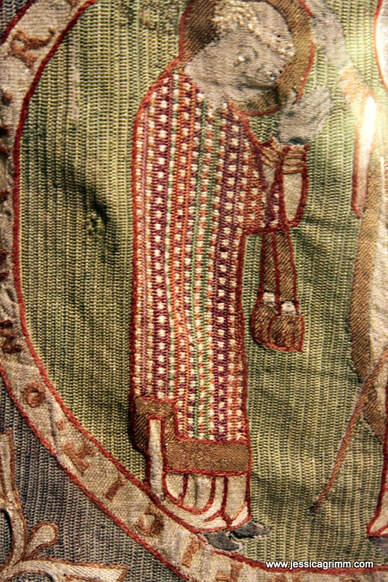
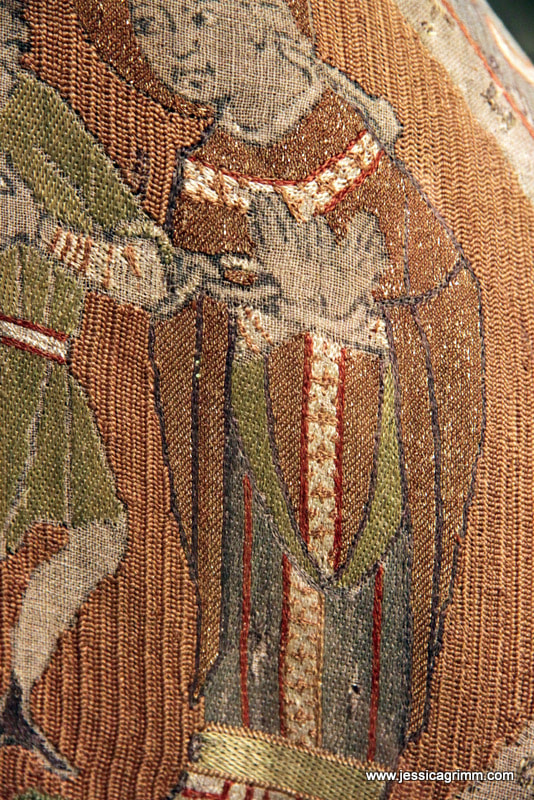
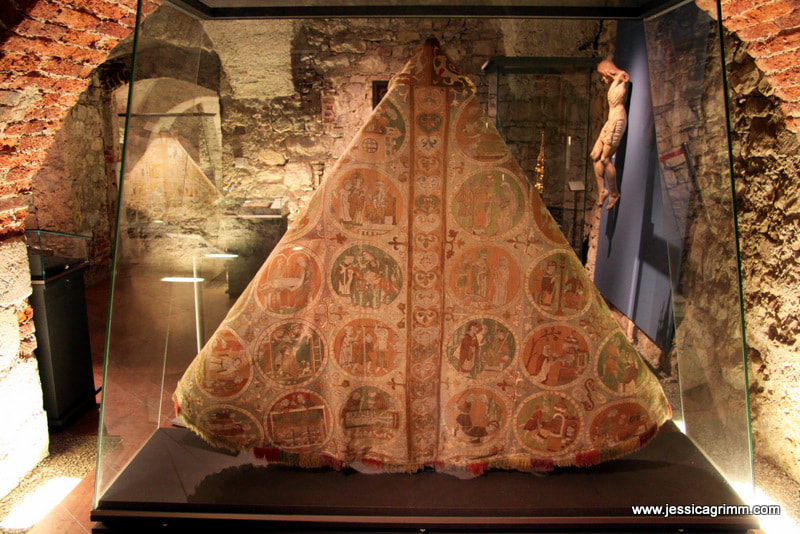
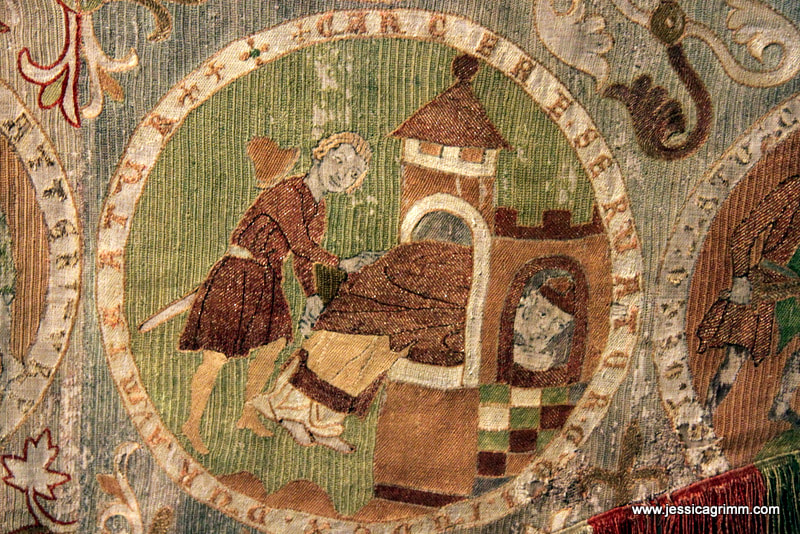
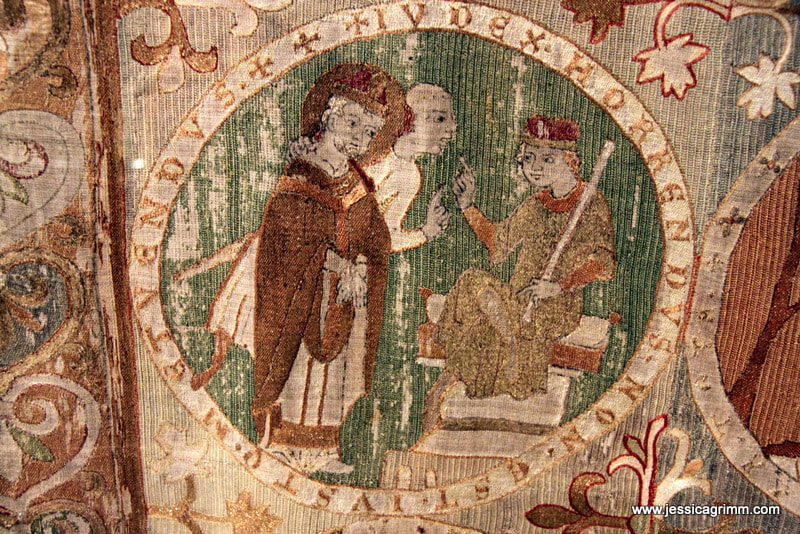
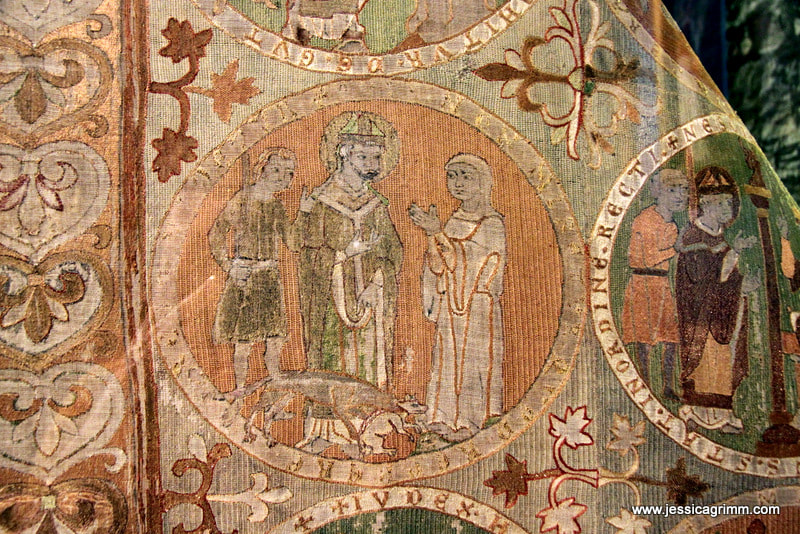
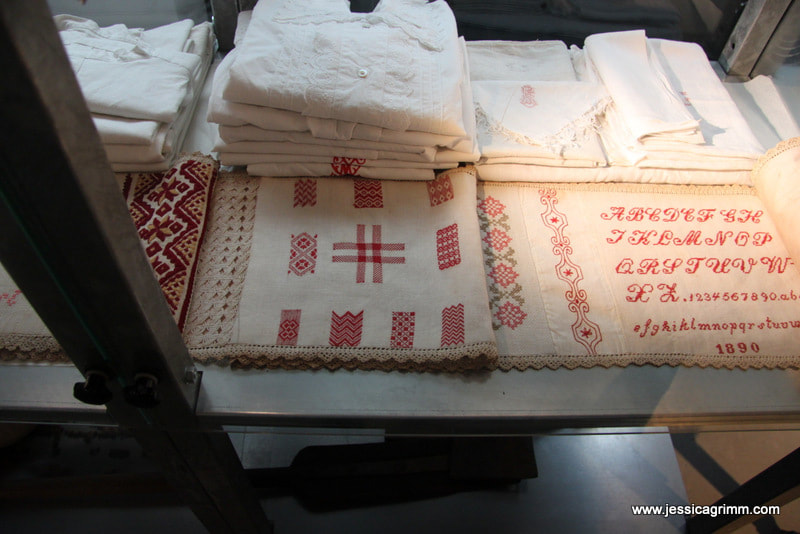
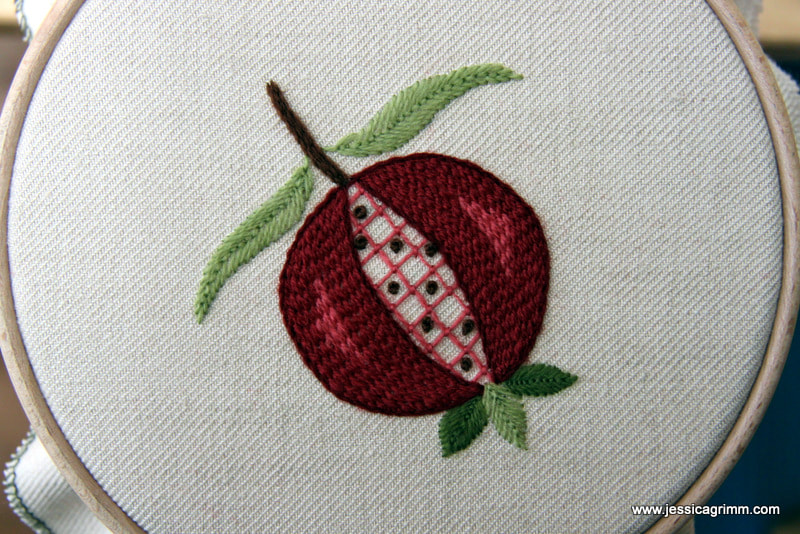
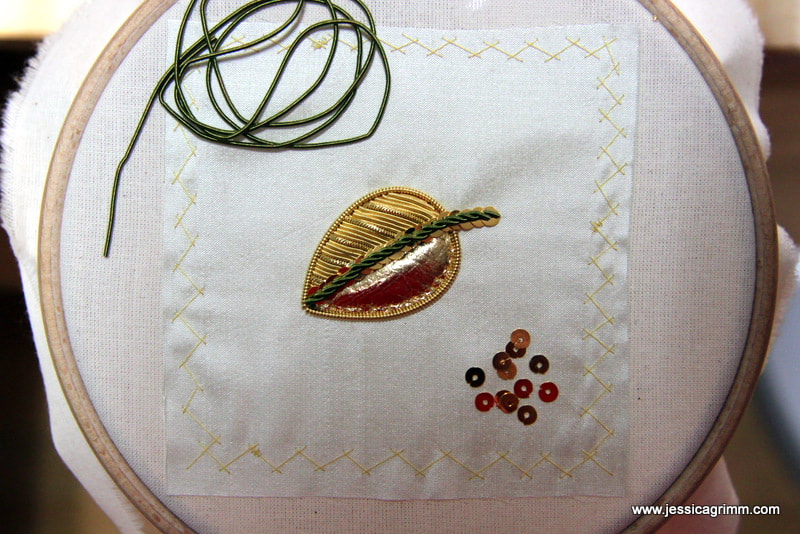
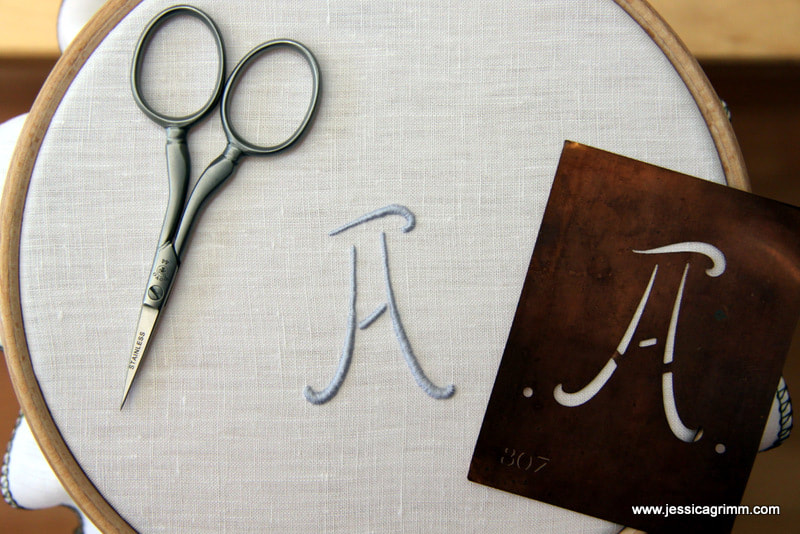
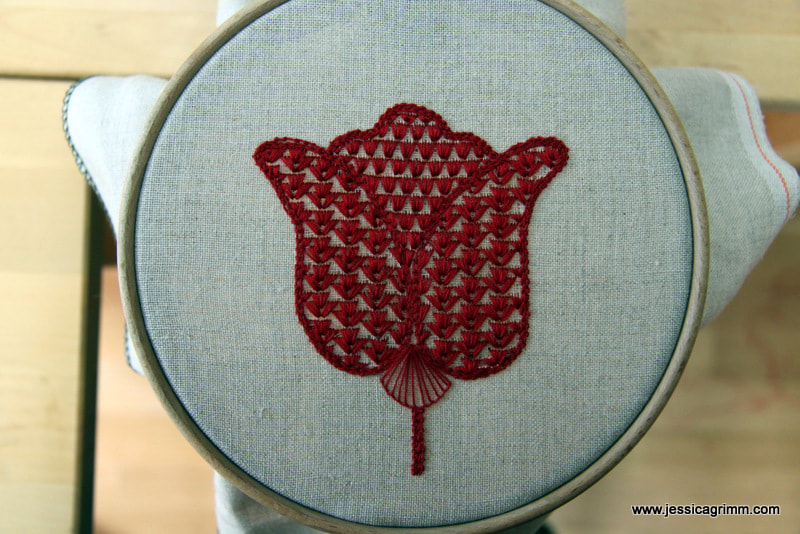
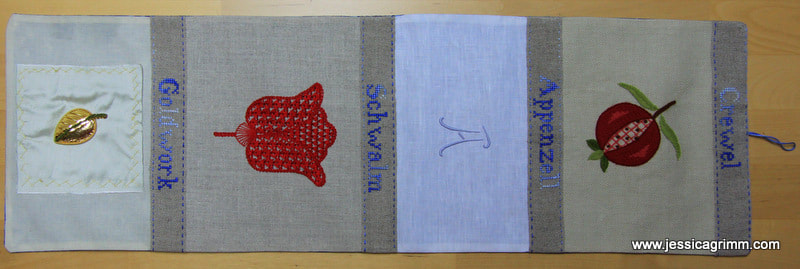
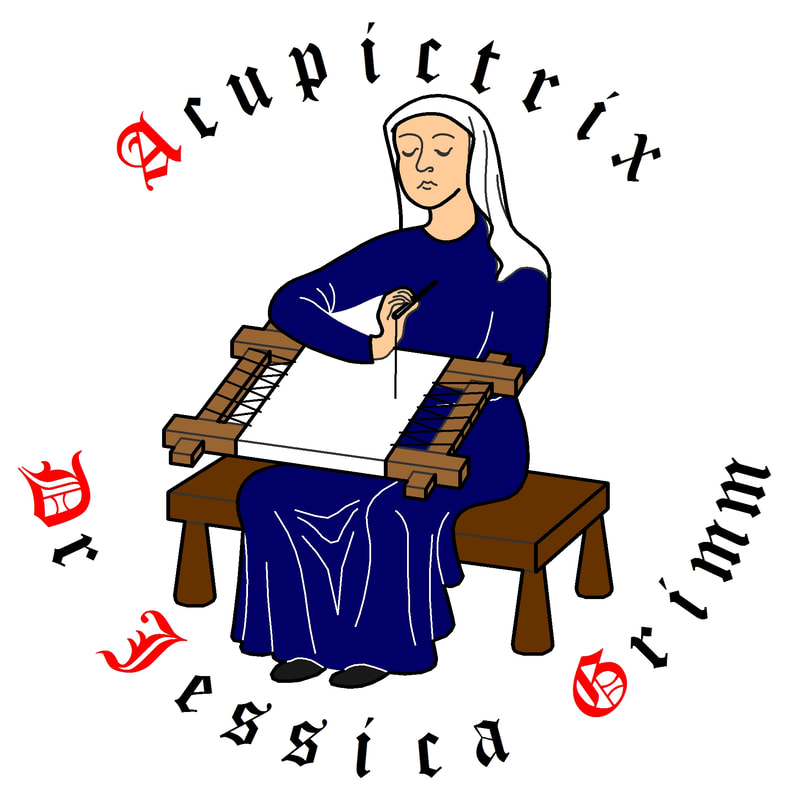


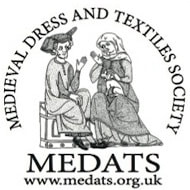

 RSS Feed
RSS Feed